See those tiny, dark flies hovering around your houseplants? They’re likely fungus gnats, and while seemingly harmless, their larvae can wreak havoc on your plants’ roots. This comprehensive guide provides effective strategies to eliminate these pests, focusing on the power of hydrogen peroxide and other proven methods. Ready to reclaim your plant paradise? Let’s get started!
Decoding the Enemy: What Are Fungus Gnats?
Fungus gnats are small, dark flies often mistaken for fruit flies. They thrive in damp soil, where their larvae feed on organic matter, fungi, and—most importantly—plant roots. This can lead to stunted growth, wilting, and even plant death if left unchecked. Understanding their life cycle is crucial for effective control. Adult gnats lay eggs in the soil, which hatch into larvae. These larvae are the primary culprits, damaging roots as they feed. They then pupate before emerging as adult gnats, continuing the cycle.
Hydrogen Peroxide: A Natural Weapon Against Gnats
Hydrogen peroxide (H2O2) is a readily available household item that doubles as a surprisingly effective fungus gnat treatment. Its oxidizing properties disrupt the delicate cellular structures of the larvae, effectively eliminating them. It also has antifungal properties, further contributing to a healthy plant environment. While extremely high concentrations could harm plants, the diluted solution recommended here is generally safe and even offers potential benefits by boosting oxygen levels in the soil.
Mixing the Perfect Gnat-Blasting Concoction
Gather your supplies: 3% hydrogen peroxide (available at most drugstores), water, and a watering can.
The magic ratio: Mix one part 3% hydrogen peroxide with four parts water (a 1:4 ratio). This dilution effectively targets gnats while safeguarding your plants.
Soaking the Soil: Slowly and thoroughly saturate the affected soil with the solution, ensuring it reaches the root zone where the larvae reside. For added effectiveness, gently mist the plant’s foliage where adult gnats may linger.
Timing and Follow-Up: The Key to Long-Term Success
A single application of hydrogen peroxide may provide initial relief, but consistency is crucial for long-term success. Repeat the treatment weekly until you see no further signs of gnats. This disrupts their life cycle, preventing re-infestation.
Beyond Hydrogen Peroxide: A Multi-Pronged Approach
While hydrogen peroxide is a valuable tool, integrating other control methods will yield the most comprehensive and lasting results.
Dry Out the Soil: Fungus gnats thrive in moist conditions. Allowing the top inch of soil to dry between waterings makes the environment less hospitable for them. This simple adjustment can significantly reduce their population.
Sticky Traps: These yellow traps lure and capture adult gnats, preventing them from laying more eggs. They’re also a helpful tool for monitoring the infestation’s severity.
Neem Oil: A natural pesticide, neem oil disrupts the gnat life cycle. It may not be as potent as other methods, but it can contribute to overall control when used in conjunction with other strategies.
Beneficial Nematodes: These microscopic warriors are natural predators of fungus gnat larvae. Introduce them into the soil to create a natural defense system against these pests. Research suggests that different nematode species vary in effectiveness, so explore options best suited for gnat control.
Diatomaceous Earth: This powder, made from fossilized algae, dehydrates and kills gnats. Sprinkle it on the soil surface for added protection.
| Method | Description | Pros | Cons |
|---|---|---|---|
| Hydrogen Peroxide | Diluted solution applied to soil | Quick results, readily available, antifungal properties | Needs repeated applications |
| Drying Out Soil | Allowing top inch of soil to dry between waterings | Discourages gnat breeding, easy to implement | Can stress some plants if not monitored carefully |
| Sticky Traps | Yellow traps that attract and capture adult gnats | Monitors population, reduces egg-laying adults | Doesn’t eliminate larvae |
| Neem Oil | Natural pesticide applied to soil | Disrupts gnat life cycle | Variable effectiveness, may require multiple applications |
| Beneficial Nematodes | Microscopic worms that prey on gnat larvae in the soil | Natural control, long-lasting effects | Requires specific soil conditions |
| Diatomaceous Earth | Powder applied to the soil surface that dehydrates gnats | Effective, natural | Can be messy, needs reapplication after watering |
Prevention: Your First Line of Defense
The best way to manage fungus gnats is to prevent them in the first place.
Watering Wisely: Overwatering is the leading cause of fungus gnat infestations. Water deeply but less frequently, allowing the top inch of soil to dry out between waterings.
Sterile Potting Mix: Starting with fresh, sterile potting mix minimizes the risk of introducing gnats or their eggs.
Good Housekeeping: Remove decaying plant matter promptly, eliminating potential breeding grounds and food sources for larvae.
By combining these preventive measures with the targeted treatments outlined above, you can effectively conquer fungus gnats and foster a thriving environment for your plants.
Is your brickwork looking a little ghostly? Discover the secret to pristine surfaces with our guide on efflorescence remover. Worried about that sticky souvenir from your last park visit? Learn how to remove tree sap from car without damaging paint and keep your vehicle sparkling.
- 1 Liter to Fluid Ounces: Easy Conversion Guide - April 9, 2025
- Unlock what is the seventh month: A Cross-Cultural Calendar Guide - April 9, 2025
- Discover White Fruits: Ultimate Guide to Taste & Nutrition - April 8, 2025
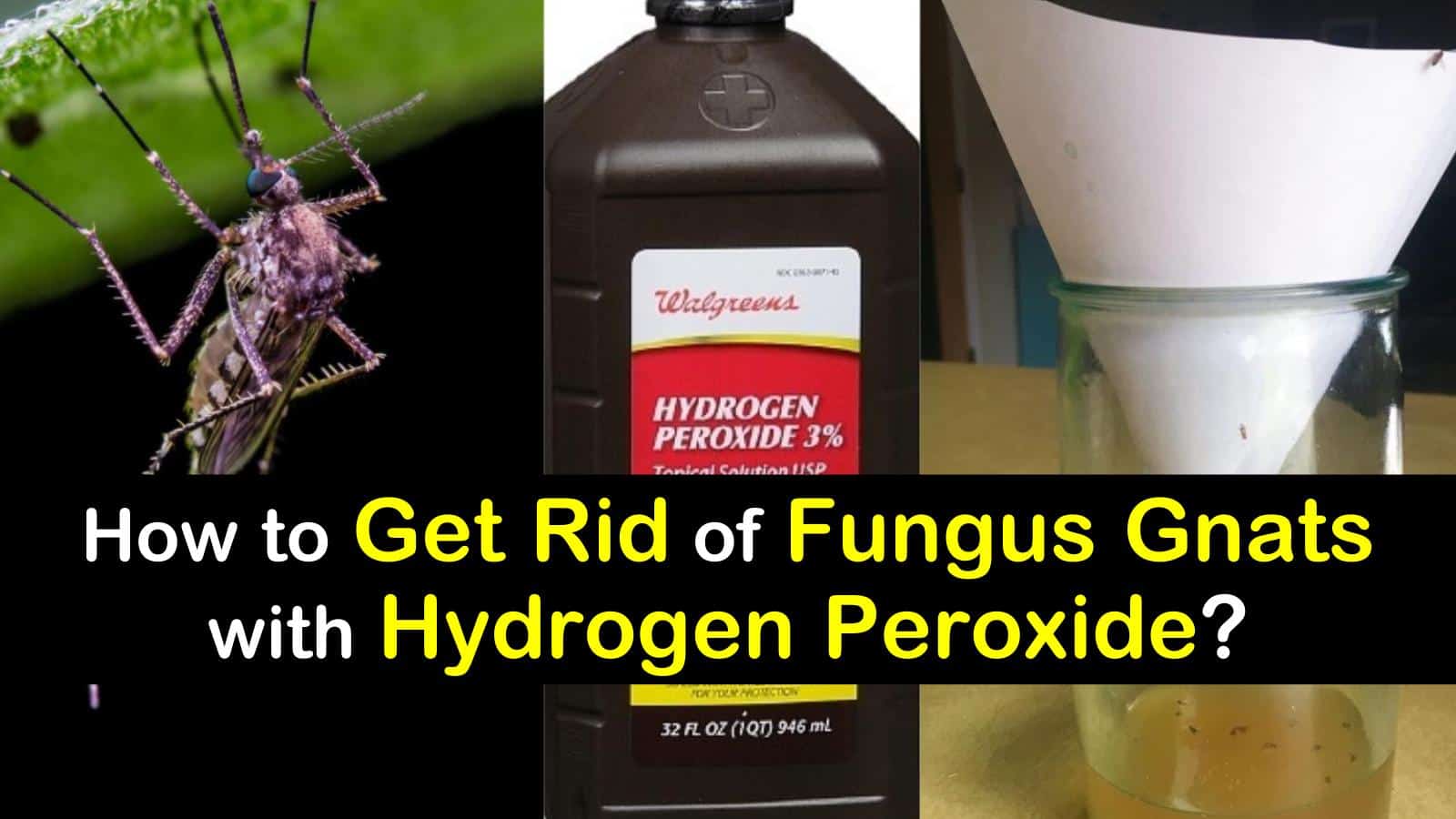

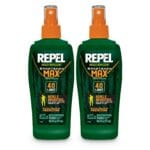

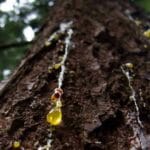
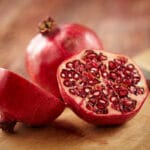
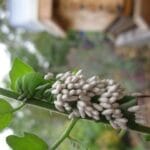
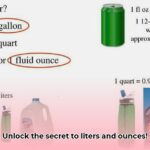









2 thoughts on “Banish Fungus Gnats: Your Guide to Using Hydrogen Peroxide Effectively”
Comments are closed.